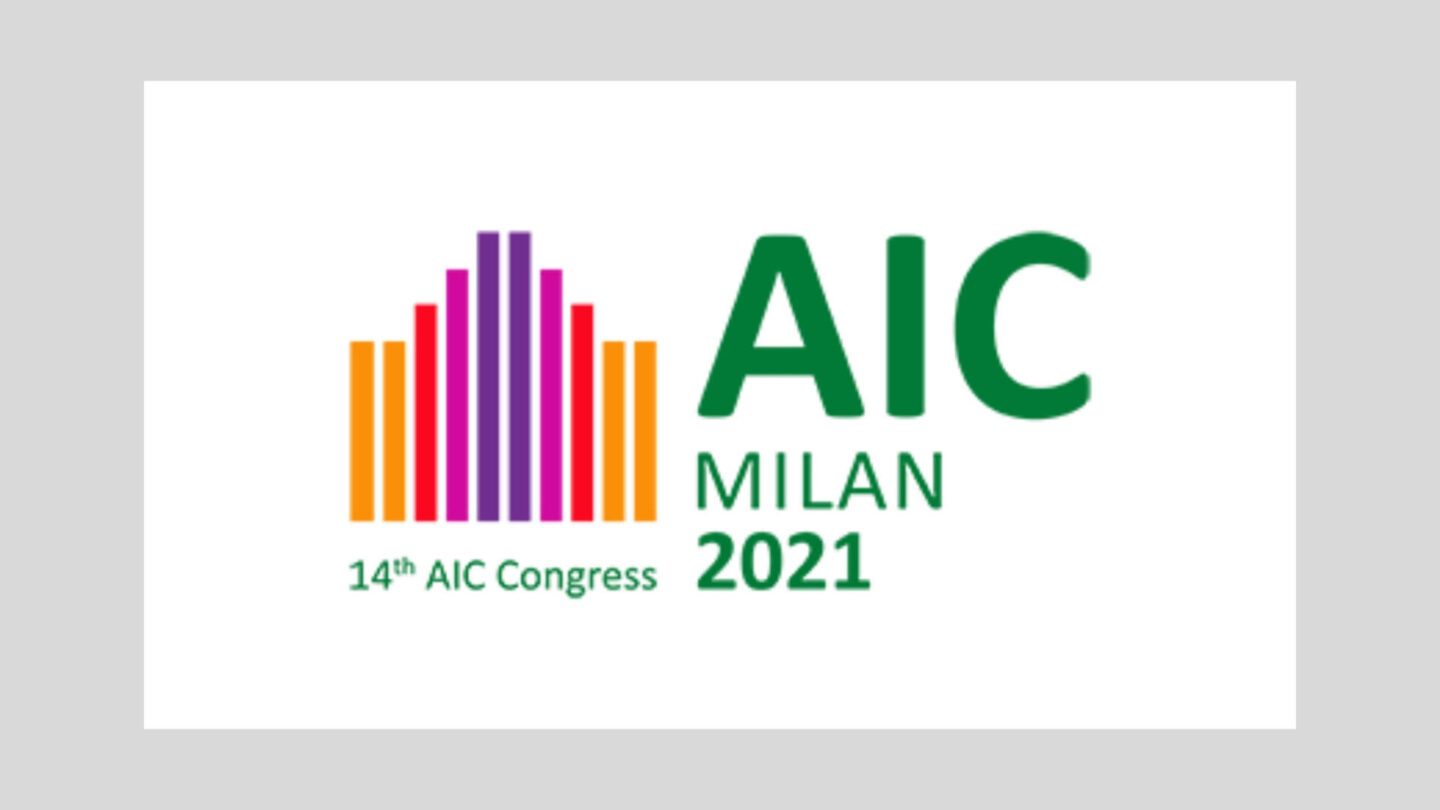
I was honoured to be appointed to the scientific committee for the AIC 2021 conference and involved in the task of double blind peer-review of abstract submissions relevant to my area of expertise.
Due to the Covid pandemic, the AIC2021 conference will be held entirely online and you can find out more about the dates and program via the AIC2021 website.
I submitted the following abstracts which were accepted for oral presentation at the AIC2021 Conference:
Data visualization: The power and persuasive capacity of color
Data visualizations are a branch of visual communications common across academic, business, educational, and political sectors. They are generally purpose-driven and, while the overall goal it to convey information, this intention is underpinned by the aims and agenda of the author.
Design elements including color and contrast play integral roles in data visualization and are used to highlight information. In this context, the mechanics of visual perception in tandem with cognitive processing and critical analysis influences how an audience perceives, engages, understands, and acts upon the information contained within data visualizations.
This paper examines the power and persuasive capacity of color in data visualization and explores the ways it impacts how information may be skewed, depending on an author’s aims and agenda. Color and contrast have the capacity to highlight information or misrepresent and mislead, and flow-on effects relate to the ways in which the audience evaluates and responds to information embedded in data visualizations.
Specified colour vs. perceived colour: Identifying and managing factors that impact colour in the built environment
In the built environment, colour scheme specification for both interior spaces and exterior building façades can be problematic. Not only in terms of aesthetics, functionality, or client and design aims, but due to factors that influence perception of specified colour, creating a situation where perceived colour differs from specified colour.
In addition to the complexity of colour and human perception of colour, this paper identifies key factors that influence perception of colour in the built environment. Knowledge of these factors enables architects and designers to assess colour specification and adjust according to the probable impact on specified colour in situ. While it is impossible to predict perceived colour, strategies are provided to address variation between specified colour and perceived colour. The strategies, which include environmental colour mapping, are discussed in reference to recent project case studies.